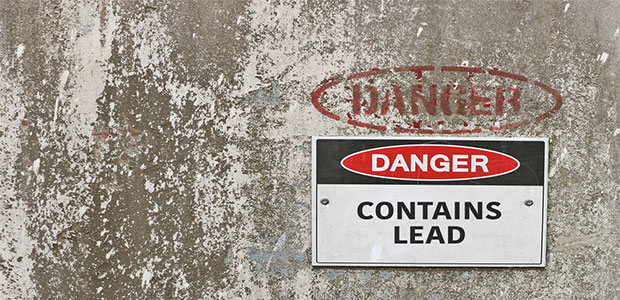
The Lead Lives On: The EPA Proposes New Regulation for Lead in Drinking Water, but Is It Enough?
The Environmental Protection Agency has announced a new proposal to better address the issue of lead-contaminated water sources in U.S. cities. While it’s the first major update in nearly 30 years, some think it is not a significant change at all.
For years, the EPA’s Lead and Copper Rule gave government officials a defined way to test and account for unsafe levels of lead in water sources. However, the rule hasn’t seen a major change in over 30 years, and with the recent crises about toxic water in a number of U.S. cities, many have called for legal changes.
The EPA just announced a new proposal to amend the Lead and Copper rule—but it does not go as far as many health advocates had hoped. The regulation changes are mainly aimed at adjusting official reaction and treatment to levels of lead. The proposal would require water systems to keep a public inventory of where those lead service lines are located, something that was not routinely done or upkept in a number of U.S. cities. The proposal also requires city officials to help homeowners replace lead popes if their water is found to be contaminated.
According to the proposal, if a water test shows dangerous lead levels, utilities would also have to notify their customers of the hazard within 24 hours.
By improving protocols for identifying lead, expanding sampling, and strengthening treatment requirements, our proposal would ensure that more water systems proactively take actions to prevent lead exposure, especially in schools, child care facilities, and the most at-risk communities,” EPA Administrator Andrew Wheeler said.
But even though the EPA’s website points out that lead “can be harmful to human health even at low exposure levels,” the proposal does not address other facets that concern health officials. For example, the EPA is not moving to require that all lead service lines be proactively replaced nationwide. Actually, the new regulations propose that water systems must replace agency-owned portions of a lead service line only when a customer elects to replace his or her own portion.
The caliber of distinguishing between “safe” and “unsafe” water is a matter of debate as well, though. The proposal would indeed change when officials have to take action based on water tests, making regulations stricter. Currently, water systems are required to find and fix sources of lead when a sample in a home exceeds 15 parts per billion. The proposal would establish a lower “trigger level” of 10 ppb, “which would compel water systems to identify actions that would reduce lead levels in drinking water.” Still—health experts say no amount of lead is known to be safe.
“Even low levels of lead can cause harm to developing brains and nervous systems, fertility issues, cardiovascular and kidney problems, and elevated blood pressure. Pregnant women and children are particularly vulnerable,” the NRDC said in a statement.
Yet, even with a proposed lower “trigger level,” that would ideally increase a sense of urgency, the proposal would also give communities more time to replace lead service lines. The Natural Resources Defense Council criticized the new regulations as weaker than the previous ones.
And this is not just a public health crisis—this has financial bankruptcy and disaster written all over it for both city governments and homeowners. To help people better understand the federal funding and financing behind lead service line replacement, as part of the proposal, the EPA and Department of Housing and Urban Development launched a website.
The cases of Flint, MI and Newark, NJ were some of the worst—and residents were scrambling to get access to clean water and figure out how to fix their pipes. Still, lead problems persist around the nation, and this problem is very much ongoing. Read NPR’s article on the new EPA proposal.